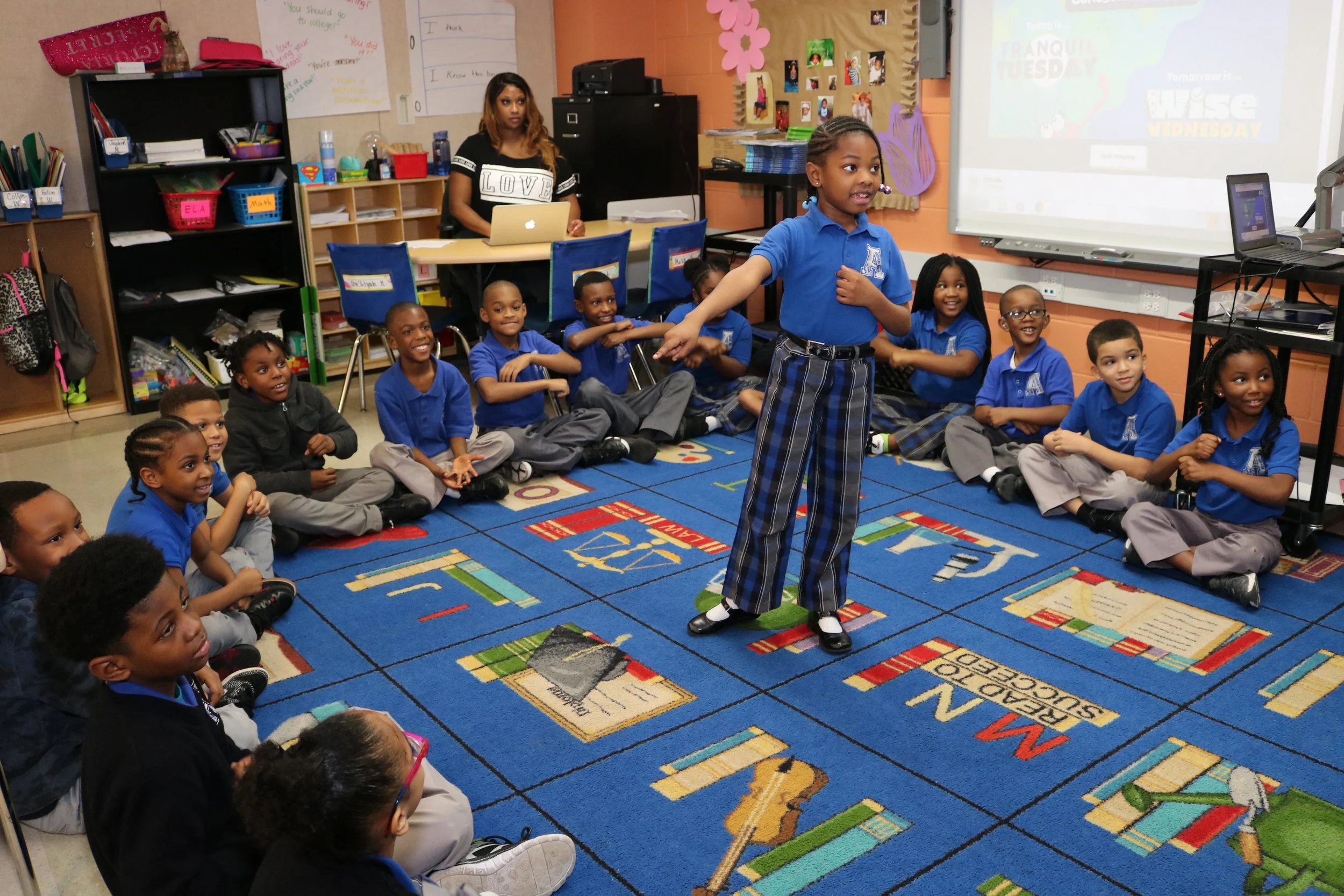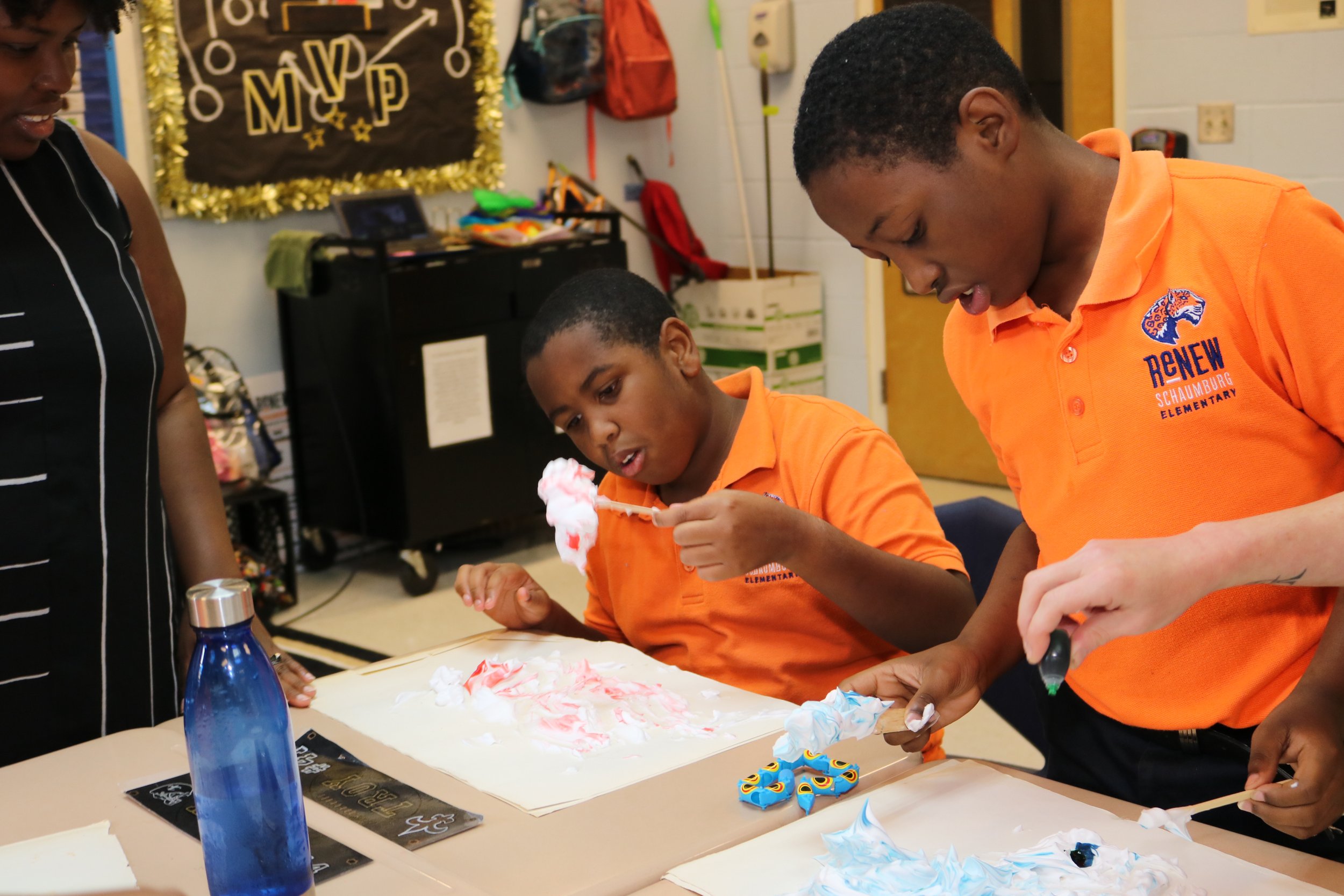How The Arts Promote Social-Emotional Learning (SEL) In Students
Social-emotional learning (SEL) is how children and adults learn to understand and manage emotions, set and achieve positive goals, empathize with others, establish and maintain positive relationships, and make responsible decisions.
Research has shown that SEL-focused programming can improve students' academic performance, mental health, and overall well-being.
“An emphasis on social-emotional learning can also help create a more positive and supportive school culture – improving school climate, reducing absenteeism, and fewer disciplinary issues.”
The arts can promote social-emotional learning (SEL) in students in various ways, including:
Self-expression: The arts provide students with a medium to express their emotions and thoughts, helping them develop a sense of self-awareness and self-esteem.
Empathy: Engaging in the arts can help students understand and appreciate different perspectives and experiences, promoting compassion and understanding of others.
Communication: The arts can help students develop practical communication skills, both verbally and non-verbally, by learning how to express themselves and interpret the expressions of others.
Collaboration: Many art forms, such as theater and music, require students to collaborate to create something, helping students learn the value of teamwork and cooperation.
Conflict resolution: The arts often require students to solve problems and resolve conflicts creatively and collaboratively, which can help them develop strong problem-solving and conflict-resolution skills.
Self-regulation: Engaging in the arts can help students learn to regulate their emotions, behavior, and attention, which can help them in their academic and personal lives.
Cultural understanding: The arts often draw upon different cultural traditions, which can help students learn about and appreciate different cultures, fostering mutual understanding and respect.
Self-reflection: The arts provide ample opportunities for students to reflect on their thoughts, feelings, and experiences, leading to a deeper understanding of themselves and others.
The arts are a powerful tool for promoting social-emotional learning because they allow students to explore and express their emotions, understand and appreciate the perspectives of others, and learn how to work together and solve problems collaboratively.
Want to learn how you can integrate SEL and the arts in your classroom? Book one of our workshops.



